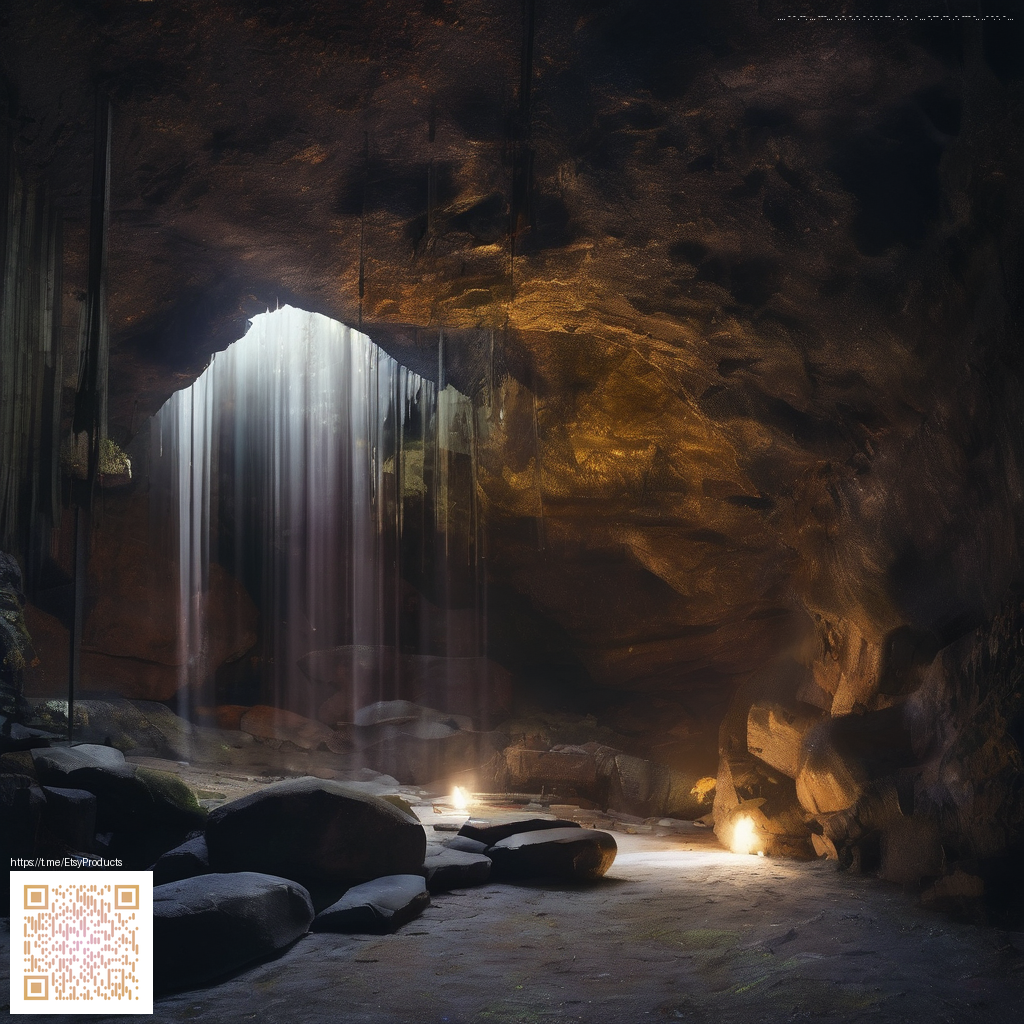
Data source: ESA Gaia DR3
Ages, Distances, and the Light of a Hot Blue Star
In this exploration, we turn our gaze to Gaia DR3 6018353130047401344, a hot blue-white star whose light carries whispers of its own history and of the galaxy’s broader story of stellar youth and aging. Gaia DR3’s precise parallax and multi-band photometry allow us to translate a distant glimmer into a physical portrait: where the star stands, how bright it truly shines, and what that implies about its age relative to its stellar kin.
Placed in the southern celestial reaches, the star sits at roughly RA 16h21m and Dec −38°09′. Its position is a reminder that the night sky is a vast map of distances and ages, with Gaia providing the measurements that turn that map into a meaningful story. Even when a star is not bright to the unaided eye, its data can illuminate how stars form, live, and die across our Milky Way.
From Gaia DR3 measurements, Gaia DR3 6018353130047401344 presents an apparent Gaia G-band magnitude of about 14.22. In practical terms, this object would require a modest telescope rather than bare eyes to observe from Earth’s surface. The real power, though, lies in the distance we can extract from the data: about 2,360 parsecs, or roughly 7,700 light-years away. That distance is enough to diffuse the star’s light, yet enough to anchor our understanding of its intrinsic power and its place in the saga of stellar evolution.
The star’s surface temperature—around 33,410 kelvin—paints a vivid picture. At such temperatures, a star radiates most strongly in the blue and ultraviolet, giving it that hallmark blue-white hue. The Gaia-derived radius of about 7.3 solar radii suggests a star that is both compact for its energy output and expansive enough to blaze with great luminosity. When we combine temperature and size, we infer a luminosity far exceeding that of the Sun—tens of thousands of times brighter, if we place it on a standard Hertzsprung–Russell diagram. This is a luminous, hot beacon, not a quiet neighbor in the galaxy’s family of stars.
One intriguing note comes from the color indices: the BP−RP color from Gaia photometry suggests a somewhat redder hue, which seems at odds with the blistering temperature. This apparent mismatch is a gentle reminder of the complexities behind real-world measurements. Interstellar dust along the line of sight can redden starlight, while calibration differences among photometric bands and data processing pipelines can shift color indices. The main takeaway is that temperature—reflected in the star’s spectrum and energy output—provides a robust anchor for classification, with color as a helpful, but sometimes confounded, companion gauge.
From Parallax to a Timeline of Life
So how does this translate to age? For a hot blue star, the age typically sits in the realm of tens to a few hundred million years—vast on a human timescale, but short in the cosmic ledger. A star of roughly seven solar radii and a surface temperature above 30,000 K is a massive, luminous object. Such stars burn through their nuclear fuel quickly and evolve rapidly compared with Sun-like stars. Gaia DR3 helps by pinning down the distance with precision, which lets astronomers compute the star’s true luminosity. With luminosity and temperature in hand, scientists compare the star to theoretical isochrones—curves that map out how stars of different masses brighten and cool as they age. The result is a more credible guess of where this star sits in its life cycle, within the uncertainties inherent to single-star age dating.
In the case of this blue-hot beacon, the data align with a young, massive star scenario. It’s an object that has not lived long enough to drift far from its birthplace in stellar nurseries, and its brightness signals a continuing, vigorous energy production that sustains its high temperature. Yet because age estimates for individual hot stars depend on metallicity, rotation, and evolutionary path, the precise age remains model-dependent. Gaia DR3, however, provides a crucial distance-based anchor that makes such model comparisons much more credible than they would be otherwise.
Gaia DR3 and the Future of Stellar Age-Dating
Gaia’s parallax revolutionizes how astronomers approach stellar ages. A robust distance reduces the ambiguity in deriving absolute brightness, which in turn sharpens the placement of a star on the Hertzsprung–Russell diagram. For field stars like Gaia DR3 6018353130047401344, this means a cleaner link between observed properties and evolutionary stage. While one star cannot alone reveal the full tapestry of galactic history, each precise measurement acts as a calibrator for the broader methods astronomers use to chart ages across star clusters and the Milky Way’s caret—our cosmic archaeology toolset.
- Precise distance yields reliable intrinsic brightness
- Temperature anchors spectral type and energy output
- Radius adds context for luminosity and mass estimates
- Distance-based age inferences become more model-constrained
Gaia data empower us to translate a photon’s journey into a narrative about time, formation, and the life story of stars—one measurement at a time.
If you’re curious about how the cosmos ages unfold, consider how modern surveys combine distance, color, and light to piece together a stellar timeline. The hot blue star highlighted here is a vivid example of how a precise parallax equips us with a meaningful, testable glimpse into a star’s past—and perhaps a hint of its future.
Custom Neon Mouse Pad 9.3x7.8 Rectangular Desk Pad
This star, though unnamed in human records, is one among billions charted by ESA’s Gaia mission.
Each article in this collection brings visibility to the silent majority of our galaxy — stars known only by their light.